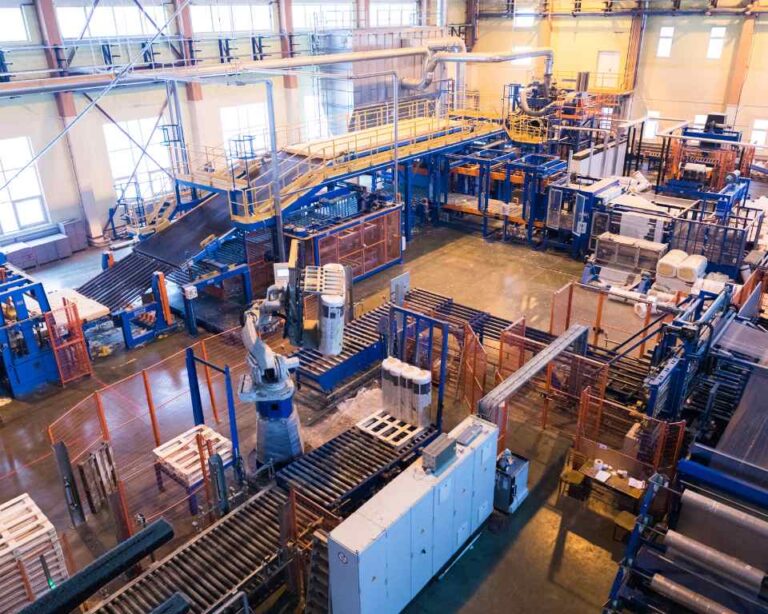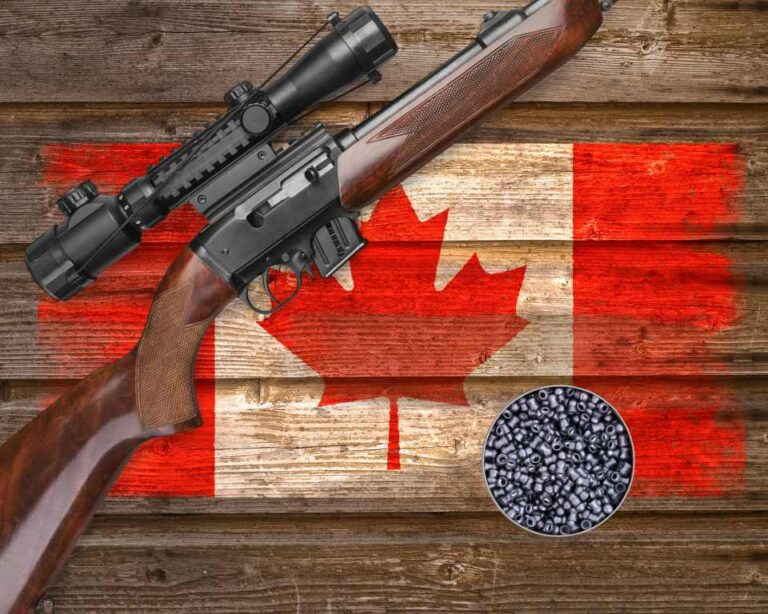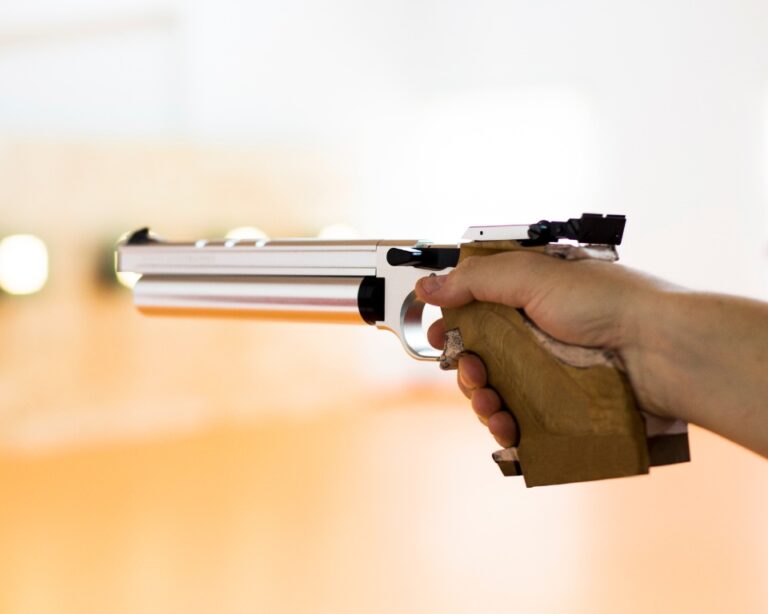The Evolution of Airguns: A Historical Perspective
Airguns have a fascinating history that dates back centuries, and exploring their origins provides valuable insights into their evolution. From humble beginnings as blowpipes in the 15th and 16th centuries to the development of high-powered rifles, the history of airguns is a testament to human ingenuity and innovation.
In the 17th to 19th centuries, airguns gained popularity for their unique advantages. Hunters favored them for their quietness and smokeless operation, making them ideal for stealthy hunting. The Girardoni air rifle, an early example of an air gun developed in 1779, even saw military use. However, the high cost of construction and the risks associated with pressurized air ultimately led to the decline of air guns in comparison to firearms in warfare.
Key Takeaways:
- Airguns have a rich history that dates back to the 15th and 16th centuries.
- Early airguns, like blowpipes, paved the way for modern air guns.
- Airguns were favored for their quietness and smokeless operation for hunting.
- The Girardoni air rifle and other early air guns had military applications.
- Airguns eventually declined in comparison to firearms due to their high cost and associated risks.
Advantages of Air Guns in Comparison to Firearms
Air guns have held a significant historical significance in warfare, offering a unique set of advantages over traditional firearms. These advantages made air guns a favored choice during their heyday.
“Air guns could be used in adverse weather conditions, such as rain, unlike firearms that relied on gunpowder.”
One of the key advantages of air guns was their ability to operate in adverse weather conditions, such as rain. Unlike firearms that relied on gunpowder, which could be affected by wet conditions, air guns remained functional and reliable even in inclement weather.
“Air guns were quieter, smokeless, and lacked the muzzle flash of traditional firearms.”
Air guns offered a stealth advantage in combat. They were quieter, produced less smoke, and lacked the muzzle flash associated with traditional firearms. This allowed troops to maintain a higher level of secrecy and surprise during engagements.
“The speed and constant power of the shots from air guns provided a distinct advantage in battle.”
Another advantage of air guns was their speed and constant power. With air guns, soldiers could rapidly fire shots without the need for reloading or the risk of misfires. This constant firepower gave air guns an edge in battle, allowing for continuous and consistent attacks on the enemy.
“Air guns required less cleaning and were less prone to fouling compared to firearms.”
Maintaining air guns was also easier compared to firearms. Air guns required less cleaning and were less prone to fouling. This reduced the amount of time spent on maintenance and increased the overall efficiency and readiness of troops in the field.
While air guns had numerous advantages, it is important to note that they were not without their limitations. The construction of air guns was costly, requiring precision workmanship and specific parts. Additionally, charging the reservoir of air guns required physical strength, and there were risks associated with handling pressurized air, including the potential for explosions.

Disadvantages of Air Guns
Despite their many advantages, air guns also come with their fair share of disadvantages. It is important to consider these limitations before making a decision on whether to invest in an air gun.
One of the primary disadvantages of air guns is the high cost of construction. The precision workmanship and specific parts required to build an air gun contribute to its expensive price tag. This can be a barrier for individuals who are on a tight budget or looking for a more affordable option.
Another limitation of air guns lies in the process of charging the reservoir. To achieve the desired pressure, it often requires pumping the air gun hundreds of times. This can be physically demanding and time-consuming, making it less convenient for individuals who prefer a quick and effortless shooting experience.
Handling pressurized air also poses risks and dangers. In some instances, air gun reservoirs have exploded, causing serious injuries or accidents. Therefore, it is crucial to handle air guns with caution and adhere to proper safety procedures to minimize the risk of accidents.
These disadvantages ultimately contributed to the decline of air guns in warfare. As firearms became more accessible and advanced, the limitations of air guns became more apparent. However, air guns continue to be used for hunting and sporting activities, where their advantages often outweigh their disadvantages.

Notable Figures in Airgun History
Throughout the history of airguns, several individuals have left their mark through their contributions to the development and innovation of these remarkable weapons.
One notable figure is Bartholomäus Girardoni, an Italian gunsmith who invented the Girardoni air rifle in 1779. This air rifle gained recognition for its high rate of fire and was notably utilized by the Austrian army during the Napoleonic wars.
Captain Lewis, of the famed Lewis and Clark Expedition, also made use of a reservoir air gun during their exploration of the American continent in the early 1800s. This demonstration of an air gun’s practicality and reliability in the context of a significant expedition showcased its potential as a viable weapon.
Kunitomo Ikkansai, a Japanese inventor, further contributed to the world of air guns with his creations. In the 1820s, he developed an air gun based on Western knowledge acquired from the Dutch, showcasing the global impact and cross-cultural exchange involved in the progression of this technology.
These notable figures played pivotal roles in pushing the boundaries of airgun innovation and further establishing their place within the broader context of firearms development.
The Revival of Air Guns
In the 20th century, air guns experienced a resurgence in popularity. During World War II, Germany produced extensive numbers of air guns due to the prohibition on firearm manufacturing by the Allies. Since then, air guns have become widely used in small game hunting, pest control, recreational shooting, and competitive sports.
They have also made a comeback in the military and law enforcement sectors as non-lethal options for crowd control or animal tranquilization. The development of pre-charged pneumatic (PCP) rifles has allowed for larger projectiles and increased target distance in competitive shooting.

The modern advancements in airgun technology have revolutionized the performance and capabilities of these weapons. With the use of advanced powerplants and innovative design features, air guns have become more accurate, efficient, and powerful.
The versatility of air guns is evident in their various applications. They are not only utilized for recreational shooting and hunting but also for target practice, pest control, and competitive shooting. Events such as the Olympic 10m Air Rifle and Air Pistol competitions showcase the precision and skill that can be achieved with air guns.
Additionally, air guns offer a quieter and more environmentally friendly alternative to traditional firearms. They produce minimal noise, reduced recoil, and no harmful emissions. This makes them ideal for use in urban areas or environmentally sensitive locations where noise and pollution reduction are crucial.
The Future of Air Guns
As advancements in airgun technology continue to unfold, the future of air guns looks promising. Manufacturers are constantly pushing the boundaries of innovation to improve accuracy, power, and ease of use.
It’s likely that we will see even more sophisticated designs, improved ergonomics, and enhanced features in the coming years. These advancements will further expand the applications of air guns and attract a broader range of enthusiasts.
Whether you’re a seasoned shooter, nature enthusiast, or aspiring competitor, it’s clear that air guns have come a long way and are here to stay.
The Growing Popularity of Air Guns
Air guns have continued to gain popularity due to the constant advancements in airgun technology. These modern advancements have expanded the capabilities and performance of air guns, making them more appealing than ever before.
One of the key innovations in airgun technology is the use of pre-charged pneumatic (PCP) rifles. These rifles utilize compressed air as the power source, allowing for higher projectile velocities and increased accuracy. With the introduction of PCP rifles, air guns have become increasingly popular in shooting competitions around the world. Events like Olympic 10m Air Rifle and Air Pistol competitions showcase the precision and skill that can be achieved with these modern air guns.
What sets air guns apart is their affordability and versatility. They are not only used for competitive shooting but also for various other shooting activities. Air guns provide an excellent option for target practice, allowing enthusiasts to improve their marksmanship skills. Additionally, they are popular for small game hunting, offering a quieter and more controlled alternative to traditional firearms.
The future of air guns looks promising as advancements in airgun technology continue. Manufacturers are constantly pushing boundaries to enhance performance, efficiency, and safety. With ongoing research and development, we can expect to see even more impressive improvements in airgun technology, making them an increasingly popular choice for shooting enthusiasts and professionals alike.







